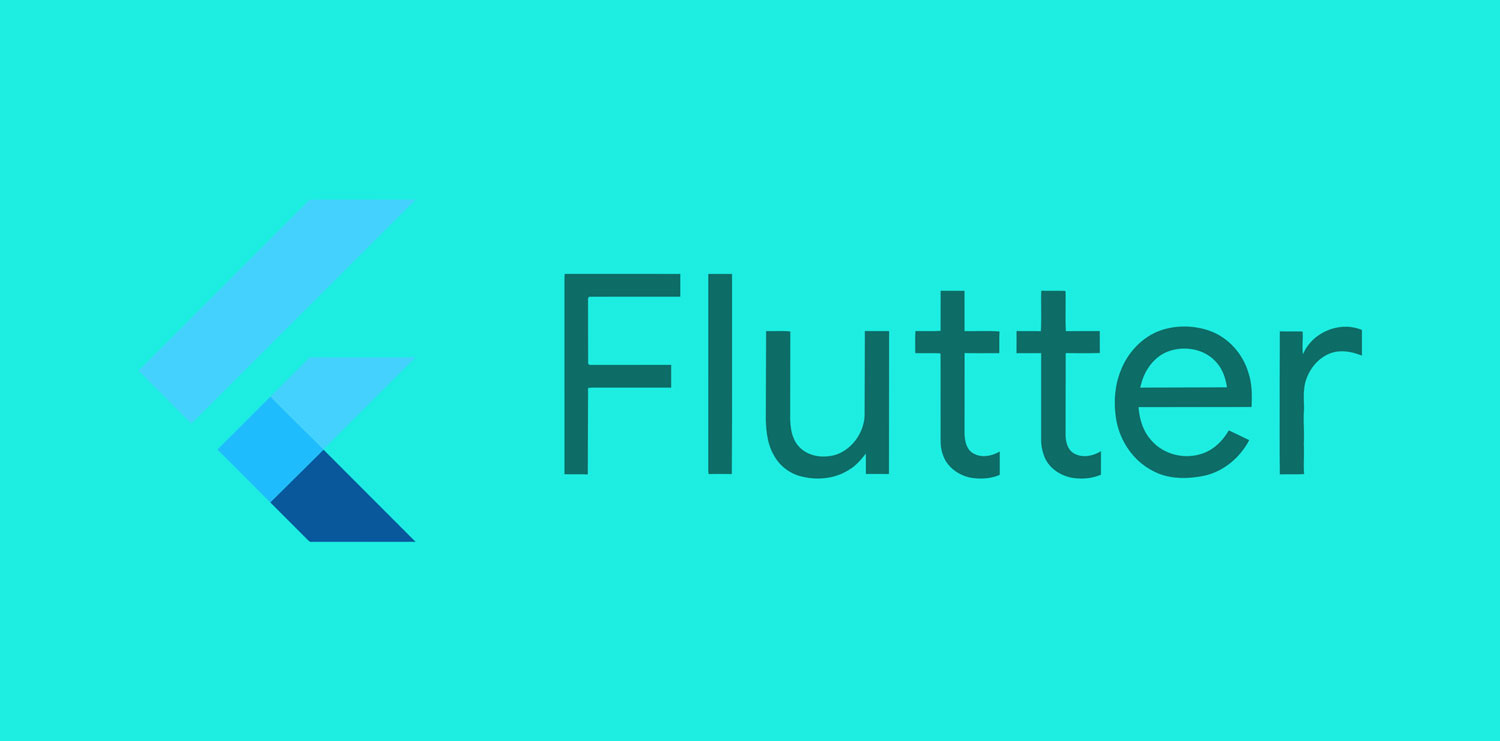The use of mobile applications has continued to gain traction throughout the course of this year.
The good news is that developers who wish to create their own apps have access to a wide variety of programming tools. One of these tools is called Flutter, and it has been increasingly popular in recent times.
But what exactly is Flutter and how does it work? If you want to learn more about it, keep reading. Below you will find essential details that you should know about Flutter.
But first, what is Flutter?
Google developed and published Flutter in 2017 as a free-of-charge and open-source mobile UI framework.
In short, it enables the creation of native mobile applications from a single codebase. You can design two distinct apps using the same programming language and codebase (for iOS and Android).
To build with Flutter, you will utilize Dart as your programming language. Google invented the language in 2011, and it has seen significant development in recent years.
You may construct mobile and online applications using Dart, which emphasizes front-end programming.
How does it work?
Flutter requests the platform’s canvas to render the user interface and access device resources such as Bluetooth, audio, and touchscreen.
Compared to various alternative cross-platform frameworks, there is no bridge that turns Flutter widgets into native components, which would affect performance negatively.
In this case, the framework draws pixels directly on the display. This makes the software highly speedy and responsive.
Why should you use Flutter?
Let’s go through some key benefits and functionalities that should convince software developers to invest their time and effort into Flutter.
You can localize your app with it
The Flutter localization process is similar to any other widget. You must utilize the Flutter localizations package, which is based on the Dart intl package and currently supports 24 languages.
- Start by adding dependencies for localization.
- Create a class that contains all localization aids.
- Once the preceding step has been completed, it is time to construct the string translations. You will use the App Resource Bundle files to accomplish this.
- They have a certain extension (.arb), and you will have no difficulty making them. The Google Translators Toolkit is compatible with .arb files.
- In the final step, the app is instructed to utilize the selected class as its localization class.
It’s not too challenging to learn and use
Flutter is a modern framework.
It makes developing mobile applications significantly easier. If you have experience with Java, Swift, or React Native, you will observe that Flutter is distinct. It enables the creation of native apps without a large amount of code.
Flutter has a rich UI library
Flutter includes a vast collection of pre-built widgets that significantly accelerate development.
It comes equipped with the majority of material design and Cupertino components. Flutter’s flexibility in terms of altering existing widgets is unparalleled.
Therefore, there is no limit to creativity when it comes to painting pixels on the user interface.
Great IDE support
One of the best features of Flutter is that Android developers don’t need to leave their IDE. Flutter complements Android Studio quite well.
But if you come from a different technical background, have no fear because Flutter is compatible with Visual Studio Code.
You can integrate it into existing apps easily
If you don’t wish to completely redesign your program with Flutter, you may still integrate a few screens into your existing native Android or iOS app.
People utilize Flutter for simply a portion of the screen, or even just a button. You can gradually replace difficult code with Flutter code. This eliminates the effort required to build the display for each device.
It has its own rendering engine
Flutter enables you to accomplish many things with your applications that are not possible on other platforms. Clearly, it necessitates a robust structure.
Well, the majority of the points we mentioned would not be conceivable without a high-performance cross-platform rendering engine.
So, Flutter renders itself on a platform-provided canvas using Skia. Because of the engine, Flutter user interfaces can be launched on almost any platform.
In other words, you no longer need to modify the UI to transfer it to a platform, which greatly simplifies the development process.
Fewer bugs with less code
Finally, the Dart-written user interface is declarative and requires fewer lines of code than native frameworks. This ultimately results in fewer bugs.
Final thoughts
There it is. These are some important facts that you should know about Flutter. Last but not least, it’s also good to mention that the community support behind Flutter is amazing. If you happen to encounter a problem, you will always find someone ready to help you out. The Flutter community is always active on Slack, Discord, and even Reddit.









